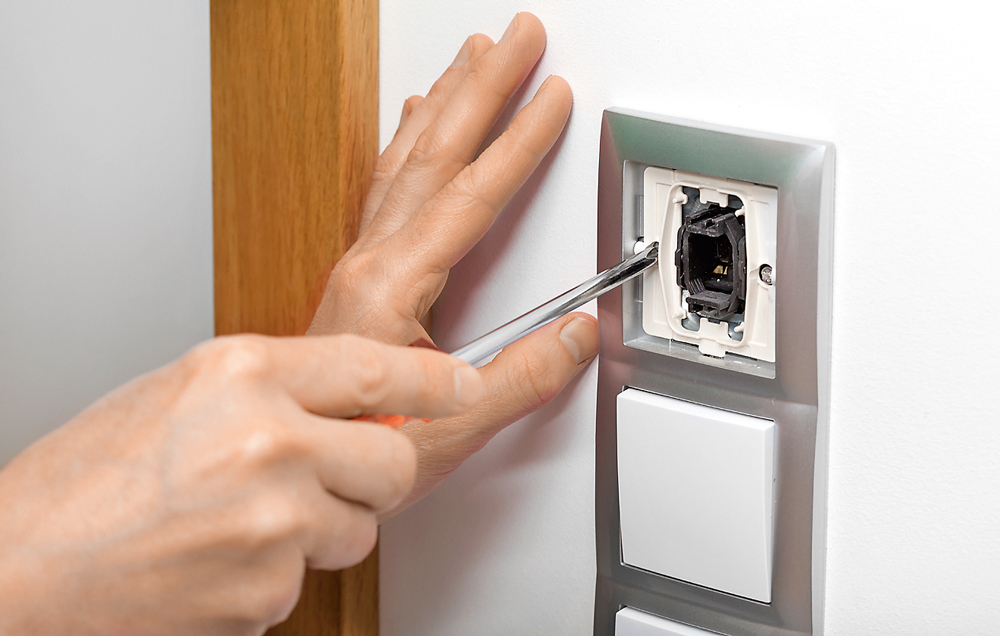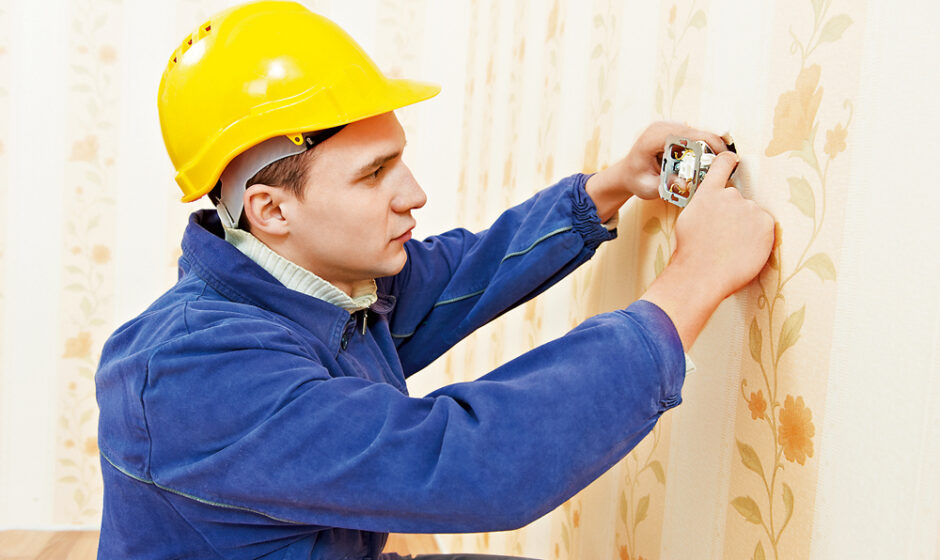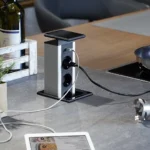Over time, the contact of electrical wires begins to deteriorate. Let’s figure out why this happens.
You can recognize problems with wiring or electrical installation products by many signs. For example, they begin to twitch periodically. Light bulbs in a chandelier burn out more often than usual. Finally, problems are indicated by excessive heating of the wiring and electrical installation products in places of poor contact with current conductors and a characteristic smell of burnt plastic.
Why does the contact of wires deteriorate over time (we will not consider cases of mechanical damage to conductors and electrical installation products). This usually happens for one of the following reasons.
Reasons for weakening contact
The conductors were connected to each other in violation of technology. In particular, it is not allowed to twist them into a “pigtail”, as careless amateur installers sometimes do. For switching wires in the PUE, only twisting is allowed, reinforced by soldering, welding, a crimp sleeve, or the so-called PPE connecting cap. In domestic conditions, it is easiest and most reliable to use screwless (spring) connection terminals. They are easy to install and dismantle even for a beginner, and they provide a completely reliable connection.

The screw connections in the places where the wires are connected to the electrical installation products have become loose. This is a problem with all screw connections, no matter how tightly they are screwed. The fact is that the metal of the wire core when heated, becomes deformed over time. Therefore, all screw connections in sockets and switches must be tightened every 2-3 years. Alas, almost no one in everyday life does such prevention.
When tightening the screw terminals of electrical installation products, do not overdo it so as not to damage them; for switches and electronic devices, the tightening torque is from 0.5 to 0.6 Nm, for 16 A sockets – 0.8 Nm.
In modern lines of electrical installation products, contacts are often made of special materials. For example, in the Unica electrics series (Schneider Electric), the internal contacts of switches contain a large percentage of technical silver, which reduces the contact resistance and the contact becomes less susceptible to oxidation. This leads to less heating and improved quality of use of the mechanisms. Therefore, if there are regular problems with the heating of the switch, it makes sense to replace old models with new ones.
As the most effective solution to this “screw problem,” it was proposed to completely abandon connections of this type. Newly designed sockets and switches use screwless terminals. They securely fix the conductor, and the connection does not weaken over time; it does not need to be tightened or otherwise maintained. It is not surprising that many companies already have electrical installation products with screwless clamps: ABB, Jung, Legrand, Schneider Electric and other well-known manufacturers have similar lines.
Difficulties with aluminum?
The use of aluminum conductors (this is old wiring; now, as a rule, copper-based wires and cables are laid) has its characteristics that must be taken into account. The coefficient of thermal expansion of aluminum is greater than that of other metals (steel, copper, brass, etc.), which inevitably creates forces to expand contact connections when heated. Terminals for connecting aluminum conductors must be made of aluminum or an aluminum alloy or contain expansion compensation devices such as spring washers. When connecting aluminum conductors, it is recommended to tighten the screw terminals after a few days. In addition, during operation, it is recommended to periodically check the tightness of the screws.
Structural diagram of screw and screwless clamps used in electrical installation products

Double screw terminal(a): 1 – socket; 2 — terminal strip; 3 — wire Screwless clamp (b): 1 — socket; 2 – spring; 3 – wire



